2018-10-27
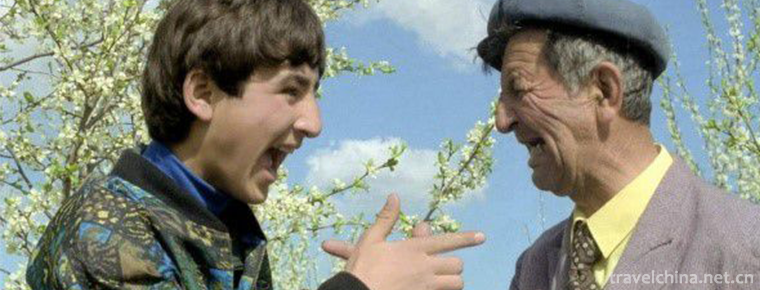
- By ChinaWiki.net
- Chinese Edition
- 2019-06-10
Chak Chak
"Chuck Chuck" is a highly interactive dialogue between two or more people. According to the different content and language characteristics, it can be roughly divided into five types: attack type, nickname type, proverb type, story type and ballad type. "Chuck Chuck" still maintains vigorous vitality among Uygur people.
On May 23, 2011, the "Chuck Chuck" declared by Yining City of Xinjiang Uygur Autonomous Region was listed in the third batch of national intangible cultural heritage list with the approval of the State Council.
historical origin
Uygur Chukchak originated in Yili and was widely spread in Yili. With the development of history, it gradually spread to all parts of Xinjiang and Central Asian countries. Yili's Chukchak art, centered on eight counties and one city, gradually radiated to Bole, Hami, Korla, Kashgar, Aksu, Hetian and other areas, and further spread to parts of Kazakhstan.
Chuck Chuck translated into Chinese to mean joke. Some people also call it "Latipa", which means "humor". Chukchak is a kind of folk art with distinct national characteristics and unique oral literary charm. It originates from the life and customs of the Uygur people in Yili and is a satirical literary form in Uygur folk literature. Chukchak is an important part of Maxilaifu in Ili, and gradually integrated into all aspects of Uygur society, production and life. When Uygurs celebrate weddings, gatherings of friends, Festival Entertainment and even chat with each other, you can hear the cheerful laughter caused by Chuckchak. Chuck Chuck's language is concise, short and concise, satirical, humorous and lively. These characteristics make Chuck Chuck very easy to spread. Some Chuck Chuck was improvised, improvised according to the environment and atmosphere at that time.
The emergence of Ili Chukchak is inseparable from the personality of the Uygur people. Uyghur people are good at singing and dancing, like humour and laughter, open-minded, generous, straightforward and optimistic, which laid the foundation for the emergence of Chuckchak, and mingled with their history. From scattered and amateur folk jokes, they gradually evolved into today's professional music art of Chuckchak, and stepped on the stage of performance. Uyghurs will call people who speak of Chukchak Master or Chukchak Craftsman. On the ancient land of Ili, Chukchak is like a ripple stream that has a long history and has been handed down from generation to generation. Many famous Chukchak masters have appeared in history, such as Nasreddin, Avati, Mullah Zaiding, Serai Chakan and so on. Their works are rich in content, positive and come from life but higher than life. They truly reflect Uygur people's life and life. The historical environment, at that time and in the era of material and cultural scarcity, sent rich spiritual food to the Uygur people.
In the history of the Uygur people in Ili, there are also some people who say that Chukchak is familiar with the people of Ili, such as Bouweihan Kur, Buitier, Wufuer lantern gourd, Tulson Tiepu, Zuerton Nuslai and Yakufu boasting king. On the one hand, they talk about Chukchak on various occasions to meet the spiritual and cultural needs and aspirations of the masses, on the other hand, they talk about Chukchak to meet the spiritual and cultural needs and aspirations of the masses. Chukchak enthusiasts around us are taught by example and actively trained, which has made Chukchak of Ili Uygur people popular for hundreds of years.
In Uyghur, "Chuck Chuck" ("qakqak") is used to express jokes. Chuck Chuck is a kind of humorous utterance with the aim of making people laugh, which is produced with the continuous development of jokes, funny words and language skills in people's daily communication. The performance of "Chuck Chuck" is embodied in this popular folk activity. According to legend, in the ancient court of Uygur, there were artists who specially performed "Chuck Chuck". Nowadays, many folk oral cultures are facing the crisis of survival and inheritance.
Inheritance and Protection
Although Chuckchak has been widely loved by the masses since its inheritance, the number of people who engage in this oral literary performance among the people is getting smaller and smaller due to the impact of modern entertainment. With the passage of time, the older generation of artists have declined sharply, and there are few successors. Chuck Chuck is on the verge of losing inheritance. Ishmu is too old and weak to perform Chuck Chuck in public. Therefore, Chukchak urgently needs to take effective protective measures so that this original Uygur art form can continue to be inherited.
Speaking of the measures taken to protect the intangible cultural heritage, Su Guohui said that Yining Municipal intangible cultural heritage protection center is committed to collecting, collating, researching and exchanging Uygur folk culture and art. It has established documents on the characters, pictures and images of Isamu Chukchak, and organized experts and scholars to compile the published works of Isamu Chukchak. In the next five years, the center will also hold Chuck Chuck training courses, train professional Chuck Chuck actors, and set up Chuck Chuck heritage and appreciation points in the Municipal Cultural Museum and township cultural stations. It plans to launch a variety of Chuck Chuck competitions, publish Chuck Chuck research works, establish Chuck Chuck website, and promote this precious intangible cultural heritage project in an all-round way. On May 18, 2010, the Ministry of Culture of China announced the third batch of national intangible cultural heritage list of recommended projects (new entries). The "Chuck Chuck" declared by Yining City of Xinjiang Uygur Autonomous Region was selected as the intangible cultural heritage in the category of folk literature projects.
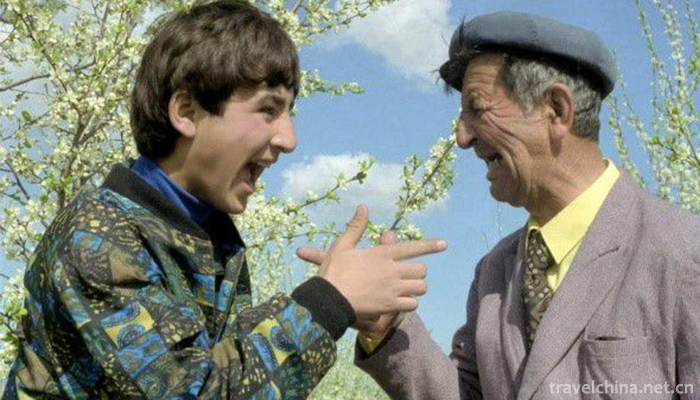
Ask a Question
Your email address will not be published.


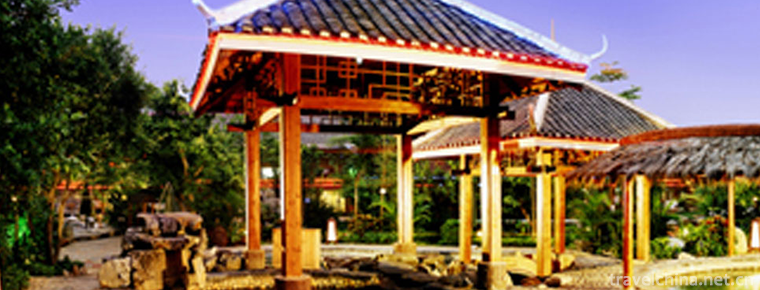

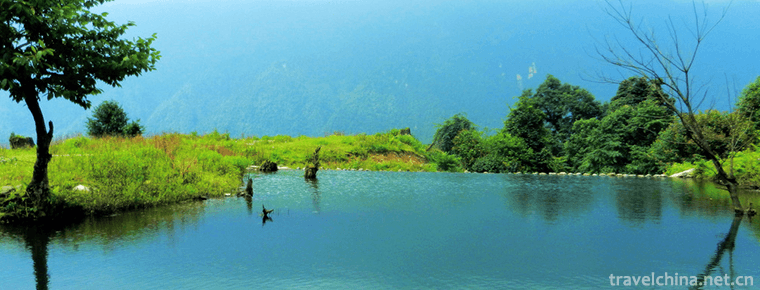
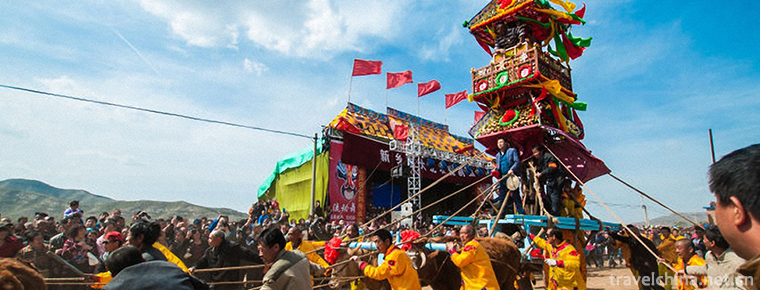
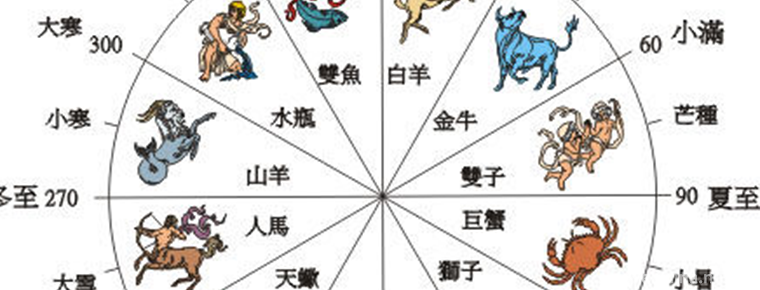
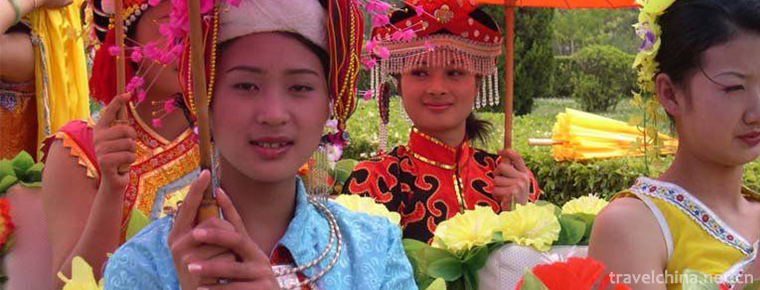

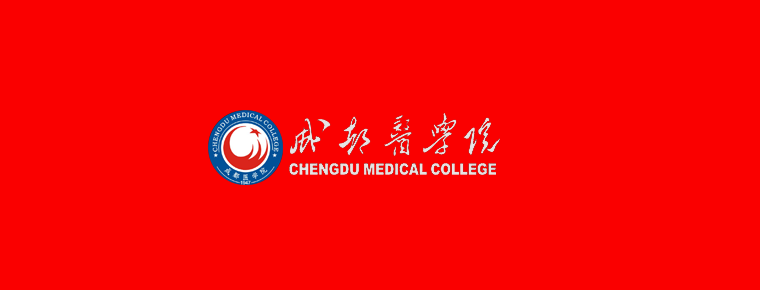


0 Questions